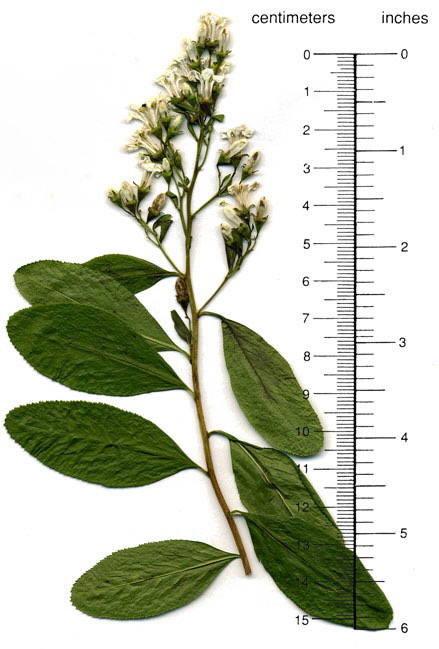Escallonia bifida
 escallonia
escallonia
Shrubs and small trees available in numerous varieties and hybrids, found in older campus homes but inconspicuous around the inner campus. The leaves are dotted with glands and may be sticky to the touch. A large bank of the white-flowered E. bifida (its synonym, E. montevidensis, hints at its natural range), with sticky dark green leaves and reddish stems, was on the north side of what is now the ChEM-H and Neurosciences Building. There was a major planting on Lomita Mall opposite what is now the Data Science and Computation Complex, growing with Euonymus japonicus.
In recent years, the shrubby, pink-flowered E. × exoniensis, the name given to hybrids between E. rubra and E. rosea, have become the escallonia of choice and are now widely planted, including in the Inner Quad circles.
Some species of escallonia, including some mistakenly sold as E. bifida in the nursery trade, have a mouthwatering curry scent that can be detected at quite some distance. Alas, we are not aware of any on campus, but you can salivate over E. myrtoidea in the Garden of Fragrance at the San Francisco Botanical Garden. Yellow-flowered Mediterranean shrub Helichrysum italicum has a similarly attractive aroma. However, it is the citrus family plant Bergera koenigii that provides the curry leaves actually used in Indian cuisines. Small plants are sometimes available at Indian grocery stores. Repot one in a larger container and place it in a sunny spot outside, under the eaves or near a wall to protect it from our frosts. Even its flowers and juicy dark fruit smell of curry, though with an added sweetness!
Illustrations: leaf detail of E. bifida | E. rosea (purported) at Rains Houses.
About this Entry: The main text of this entry is from the book Trees of Stanford and Environs, by Ronald Bracewell, published 2005. John Rawlings added the Herrin and Rains locations. Revised; E. bifida locations updated as probably removed; curry notes corrected and extended (Jan 2024, SP).




